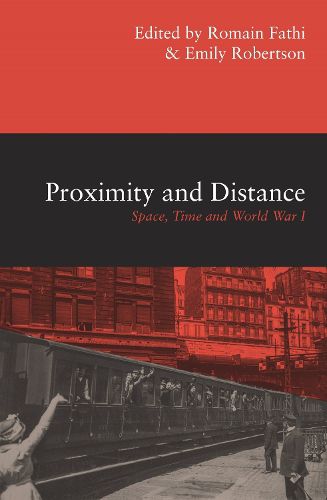Readings Newsletter
Become a Readings Member to make your shopping experience even easier.
Sign in or sign up for free!
You’re not far away from qualifying for FREE standard shipping within Australia
You’ve qualified for FREE standard shipping within Australia
The cart is loading…






This book explores how participants and observers in World War I negotiated the temporal and spatial challenges of the conflict.
The global magnitude of World War I has meant that proximity and distance were highly influential in the ways the conflict was conducted, and how it was experienced at tactical, political and emotional levels.
This book explores how participants and observers in World War I negotiated the temporal and spatial challenges of the conflict. International in scope, it investigates how technology, mass media, elite diplomacy and imperial networks interacted in conjunction with proximity and distance.
The authors canvass a range of approaches to the conflict, from cultural history to social, political and military history. Proximity and distance were contingencies that participants had to continually adapt to. This book documents the ways in which these adaptations were approached.
$9.00 standard shipping within Australia
FREE standard shipping within Australia for orders over $100.00
Express & International shipping calculated at checkout
This book explores how participants and observers in World War I negotiated the temporal and spatial challenges of the conflict.
The global magnitude of World War I has meant that proximity and distance were highly influential in the ways the conflict was conducted, and how it was experienced at tactical, political and emotional levels.
This book explores how participants and observers in World War I negotiated the temporal and spatial challenges of the conflict. International in scope, it investigates how technology, mass media, elite diplomacy and imperial networks interacted in conjunction with proximity and distance.
The authors canvass a range of approaches to the conflict, from cultural history to social, political and military history. Proximity and distance were contingencies that participants had to continually adapt to. This book documents the ways in which these adaptations were approached.